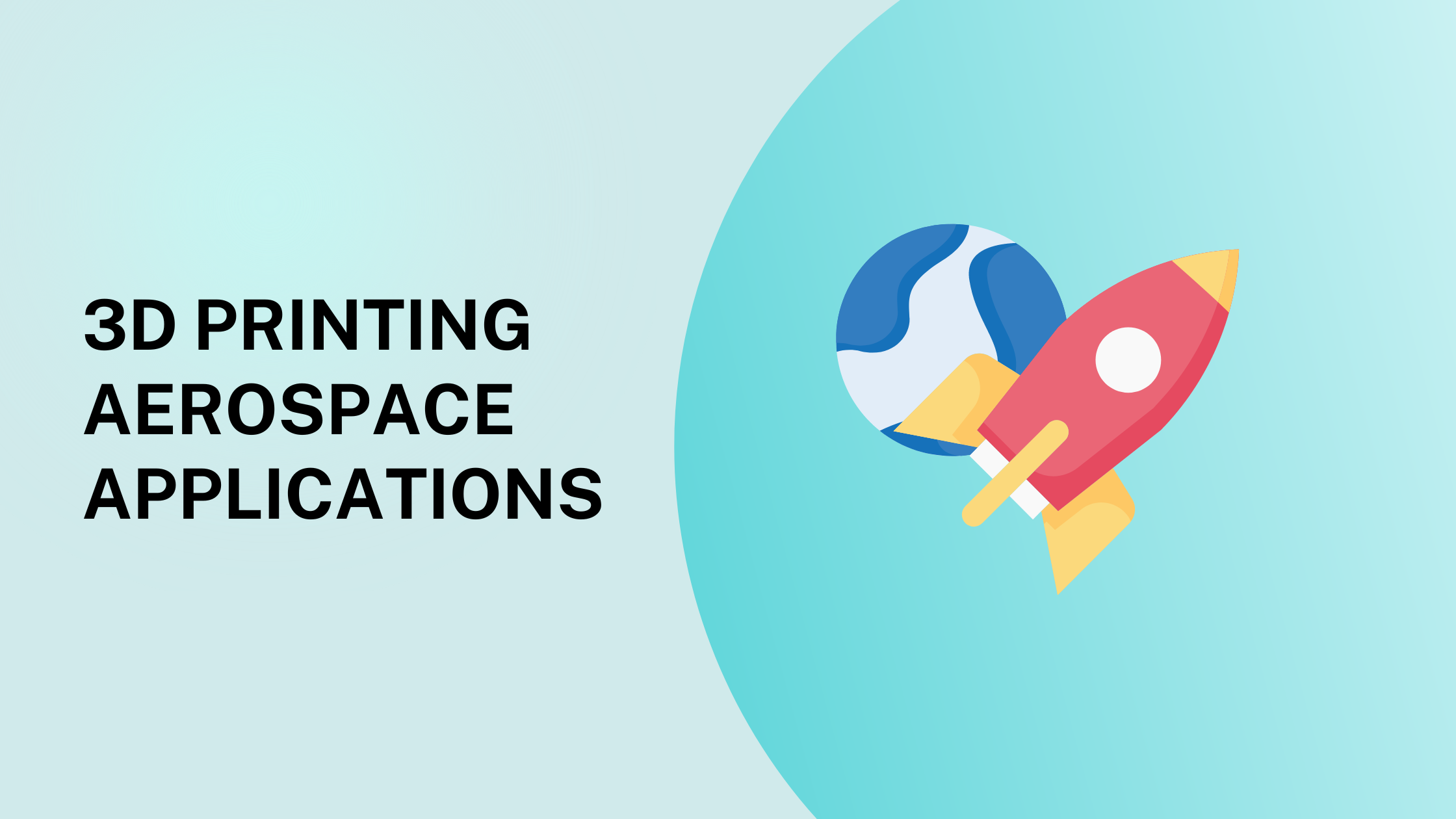Download our guide to learn more about leveraging 3D Printing in manufacturing Download Guide

3D printing, also known as additive manufacturing, has been gaining traction across various industries, but nowhere is its impact more profound than in the aerospace sector. This technology offers a host of benefits, from improving efficiency to reducing costs and enhancing sustainability. In this article, we will explore how 3D printing has become an indispensable part of aerospace applications.
Aerospace manufacturers have always focused on developing lightweight components to enhance fuel efficiency. 3D printing allows engineers to create intricate geometries that would be nearly impossible to manufacture using traditional methods. By selectively placing materials only where they're needed, 3D printing can reduce weight while maintaining structural integrity.
3D printing also enables the use of innovative materials such as titanium alloys and composite materials that are lighter and stronger than conventional materials. The ability to print with these materials opens new doors in the design and manufacturing of aerospace components.
With traditional manufacturing methods, prototyping could take months and be prohibitively expensive. 3D printing dramatically cuts down the prototyping time, allowing engineers to iterate designs rapidly and efficiently.
3D printing doesn't require specialized molds or tooling, which means it's possible to print small batches of parts as required. This on-demand manufacturing capability can drastically reduce inventory costs and lead times, translating to significant cost savings.
3D printing offers unprecedented customization capabilities. Whether it's a specialized component for a spacecraft or a personalized interior for a commercial jet, 3D printing makes it possible to tailor-make parts according to specific requirements.
3D printing's ability to produce complex geometries not only allows for weight reduction but also the creation of more efficient components. From advanced cooling channels in jet engines to unique structural components in aircraft, 3D printing has made complex parts more accessible and cost-effective.
Traditional manufacturing processes often involve subtracting material, resulting in significant waste. 3D printing, by adding material layer by layer, minimizes waste and promotes sustainability.
In times of disruption, the ability to print parts on demand can create a more resilient supply chain. By reducing dependency on specific suppliers or geographical locations, 3D printing provides a flexible and responsive manufacturing approach.
3D printing in aerospace is not merely a trend; it's a transformational technology that is reshaping the way we design, build, and think about aircraft and spacecraft. From commercial aviation to space exploration, 3D printing offers a myriad of benefits that extend beyond mere cost and time savings.
By embracing the opportunities presented by 3D printing, aerospace companies are positioning themselves at the forefront of innovation, achieving greater performance, sustainability, and flexibility. The sky, it seems, is no longer the limit for what can be achieved with 3D printing in aerospace.